The ancient wall was part of a temple where several rituals were performed. The discovery offers new insights into the historical culture of the area.
The wall was first discovered by accident by farmers in 2020 during harvest, prompting archaeologists to expand their excavation and dating, said archaeologist Feren Castillo, who heads the research project in the coastal region of La Libertad.
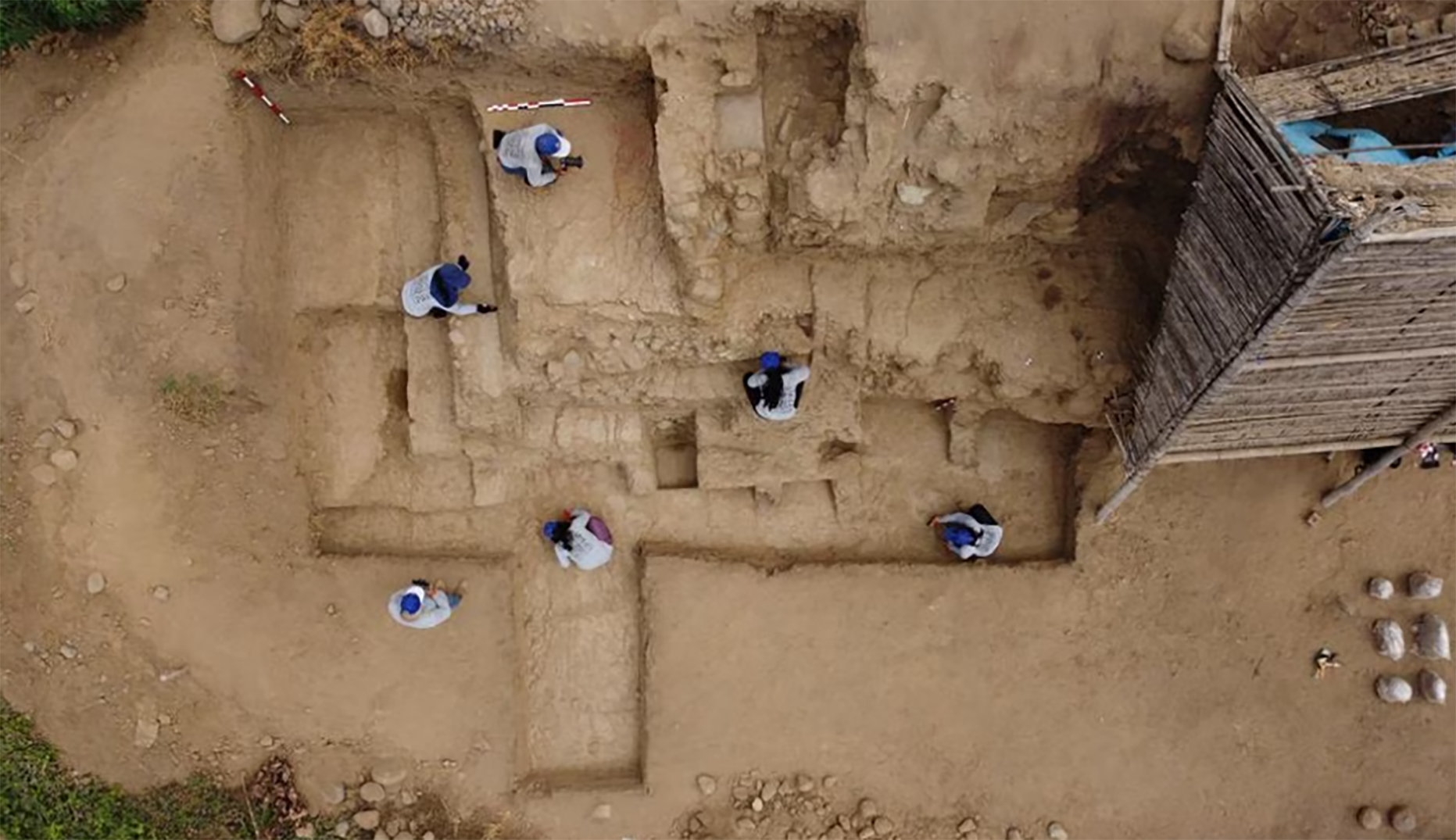
Archaeologists are working on an ancient wall that is more than 4,000 years old.
"Three years later, we started a new process whose results showed its age. Today, we are certain that it is a building built during the Pre-Ceramic period (the early period of Andean civilization) between 4,000 and 4,500 years ago," said an expert.
The wall, estimated to be about 3 meters high, features red and yellow triangular lines, Castillo added.
"The most important part is the Pre-ceramic temple, with a central hearth that we will probably excavate later," Castillo said.
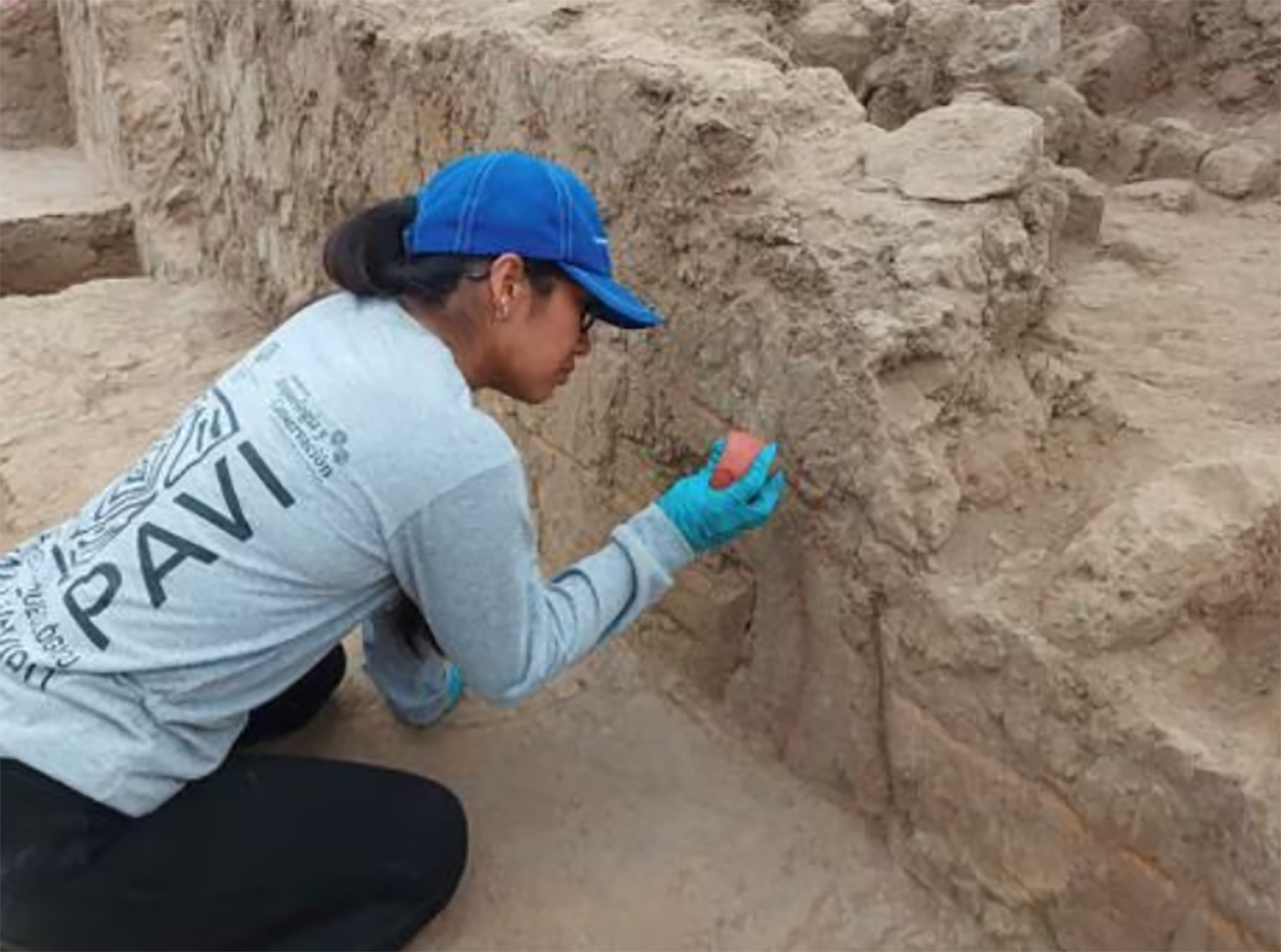
An archaeologist works on an ancient wall that is part of a Pre-Ceramic Temple.
Northern Peru is home to ancient ceremonial complexes dating back 5,000 years. The most important archaeological center in Peru is the ruins of Machu Picchu in the Cusco region, a relic of the Inca Empire that dominated the southern part of the continent 500 years ago and stretched from southern Ecuador and Colombia to central Chile.
The archaeological site holds the oldest multi-colored ancient walls to date, said Feren Castillo.
Source link




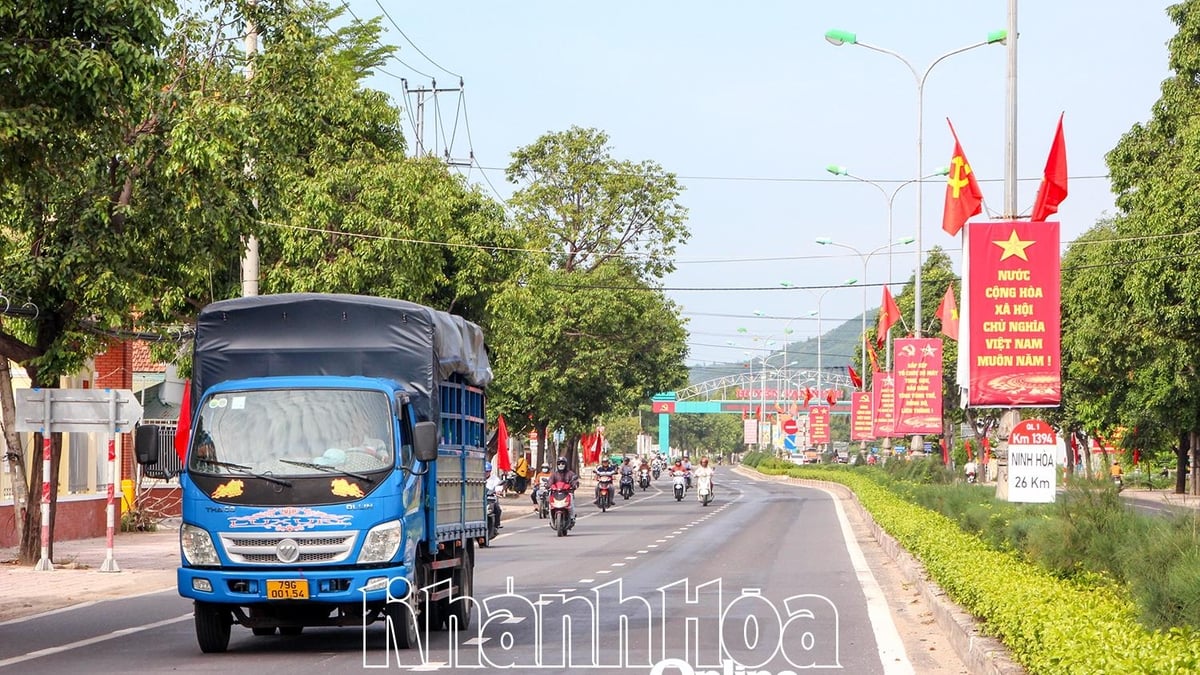





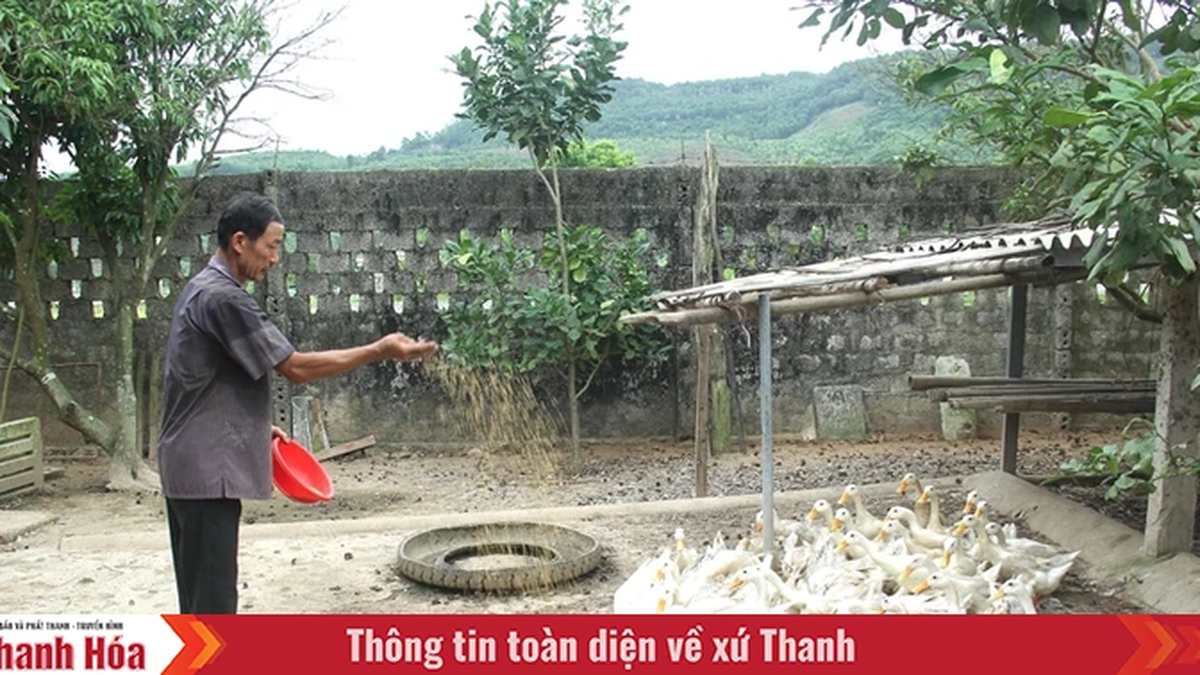
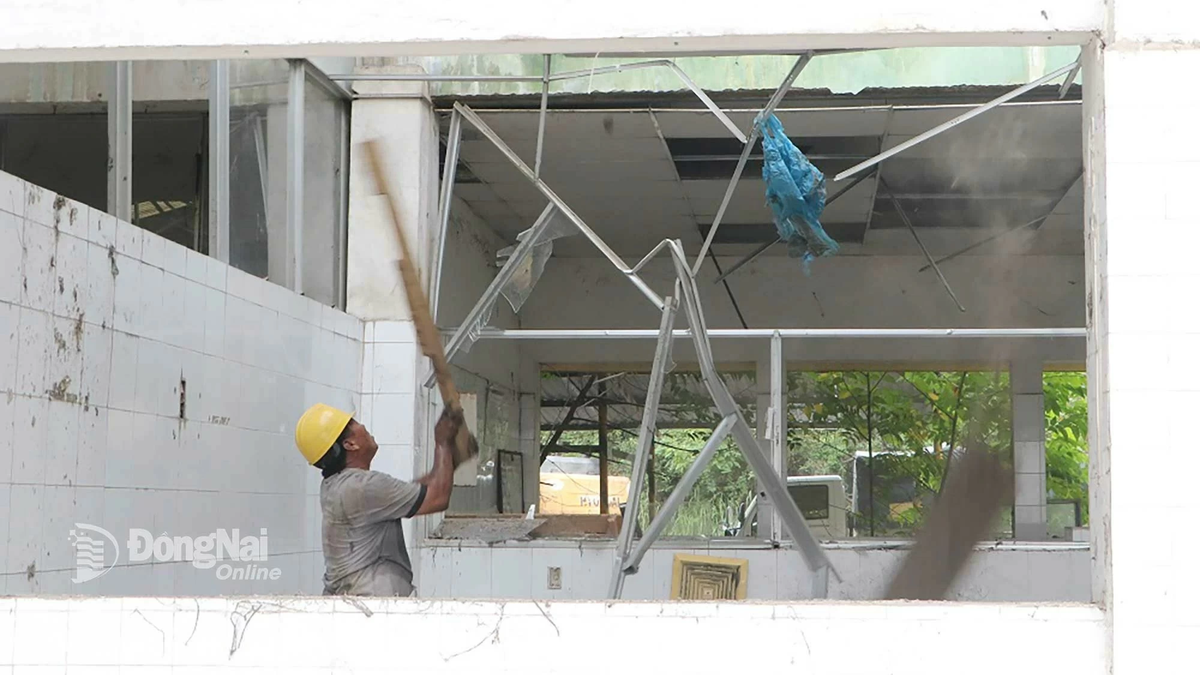











































![[Maritime News] Container shipping faces overcapacity that will last until 2028](https://vphoto.vietnam.vn/thumb/402x226/vietnam/resource/IMAGE/2025/7/30/6d35cbc6b0f643fd97f8aa2e9bc87aea)










































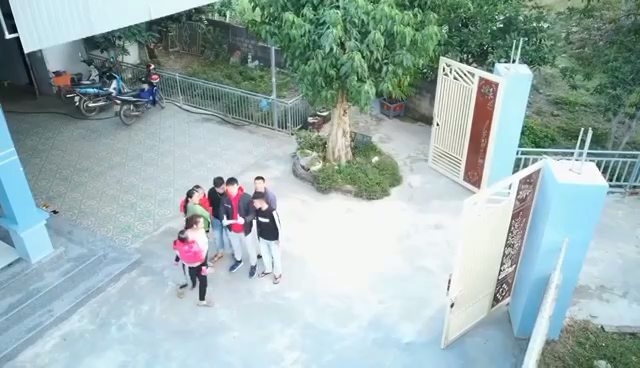
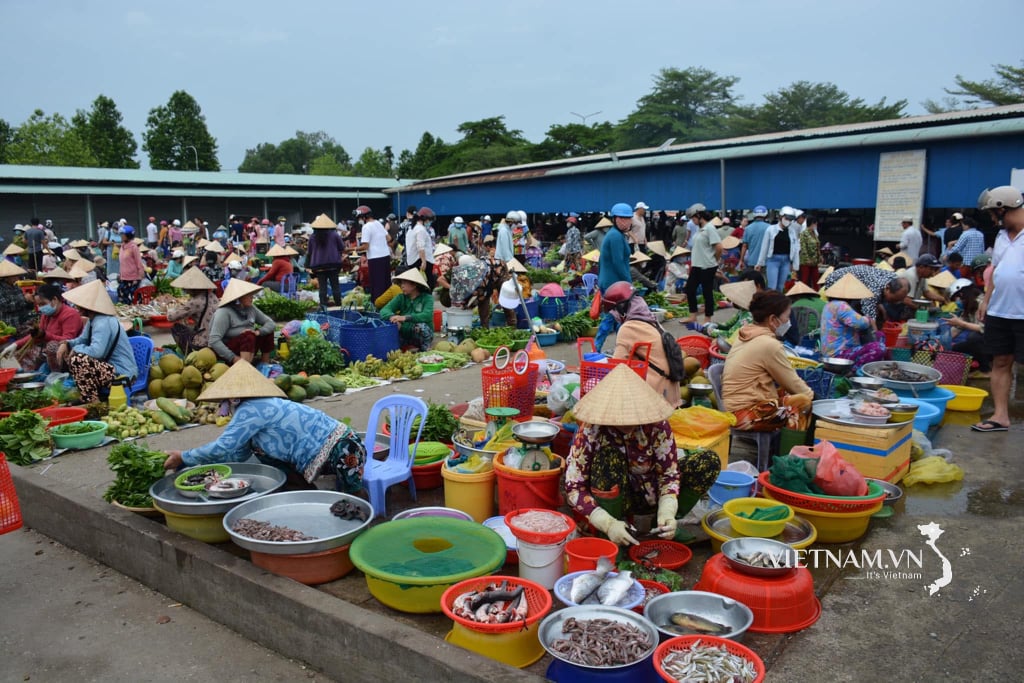

Comment (0)